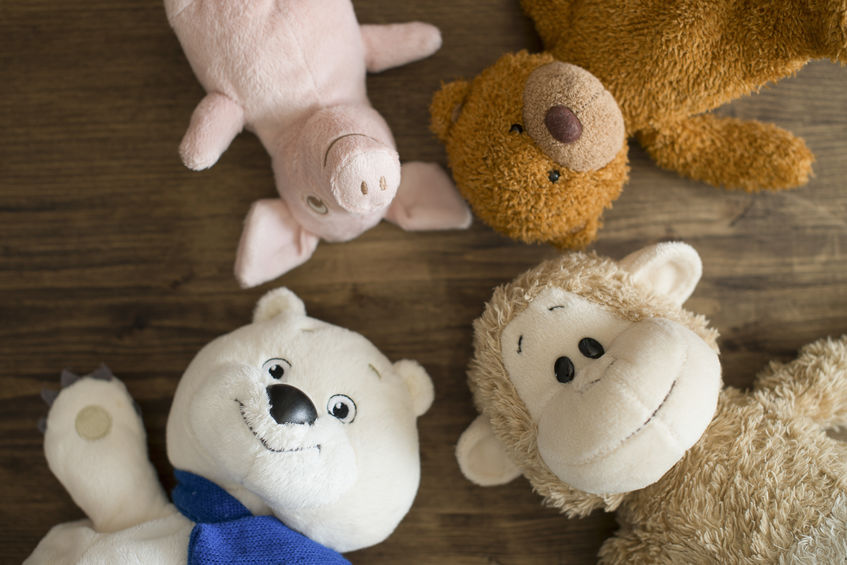
As November ushers in the crisp, cold days and the outdoors becomes a chilly spectacle of autumnal splendor, families are often drawn to the warmth and comfort of their homes. While the cold weather might limit outdoor adventures, it opens up a world of cozy, indoor activities. With your child’s favorite stuffed animals by their side, turning those chilly days into memorable moments is just a playful thought away.
Indoor Picnic with Stuffed Pals
Materials Needed: Blankets, snacks, and a collection of stuffed animals.
How-To:
Spread a blanket in the living room and invite the stuffed animals to a delightful indoor picnic. Let the children lead, creating a menu and perhaps a storytelling session where each stuffed animal shares its favorite tale.
Crafting Clothes for Stuffed Companions
Materials Needed: Old clothes, buttons, ribbons, and basic sewing tools.
How-To:
Turn the crafting dial up a notch and create custom clothing for the stuffed animals. Kids can practice basic sewing skills, cut out patterns, and even design fashionable outfits, transforming their plush pals into style icons.
Treasure Hunt Adventure
Materials Needed: Small treasures (toys, candies), clues, and stuffed animals.
How-To:
Stuffed animals become the trusted comrades in a thrilling treasure hunt around the house. Create maps and clues, integrating the plushies into the narrative, making the indoor quest an enchanting journey of discovery.
The arrival of cold days doesn’t mean the fun has to be put on pause. With a sprinkle of creativity and the warm company of stuffed animals, every chilly day spent indoors can morph into a magical experience brimming with warmth, laughter, and learning.
As you explore the indoors and turn ordinary moments into extraordinary memories, ensure your child has the perfect plush companion. At The Zoo Factory, we offer an array of charming, cuddly stuffed animals that are more than toys—they are friends, comforters, and partners in every indoor escapade. Browse our collection and let each unique critter add a touch of warmth and imagination to your cozy, indoor days.

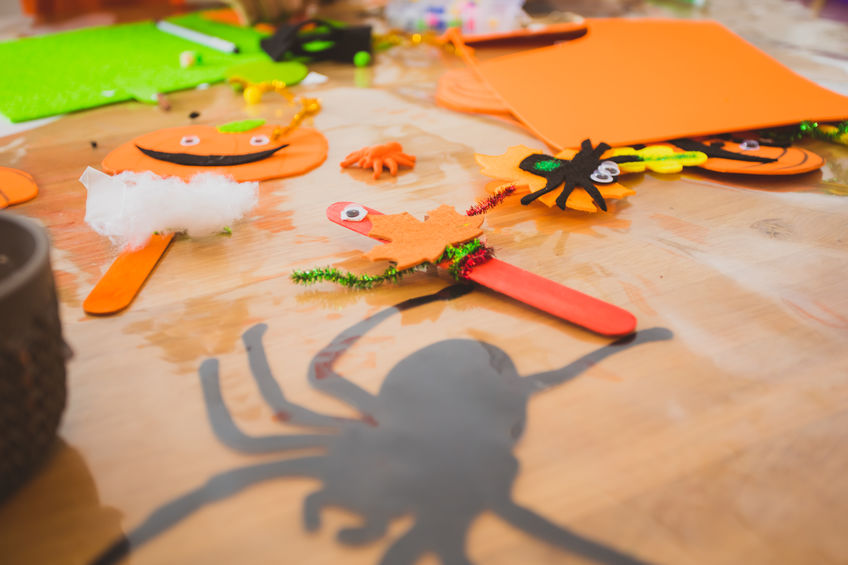

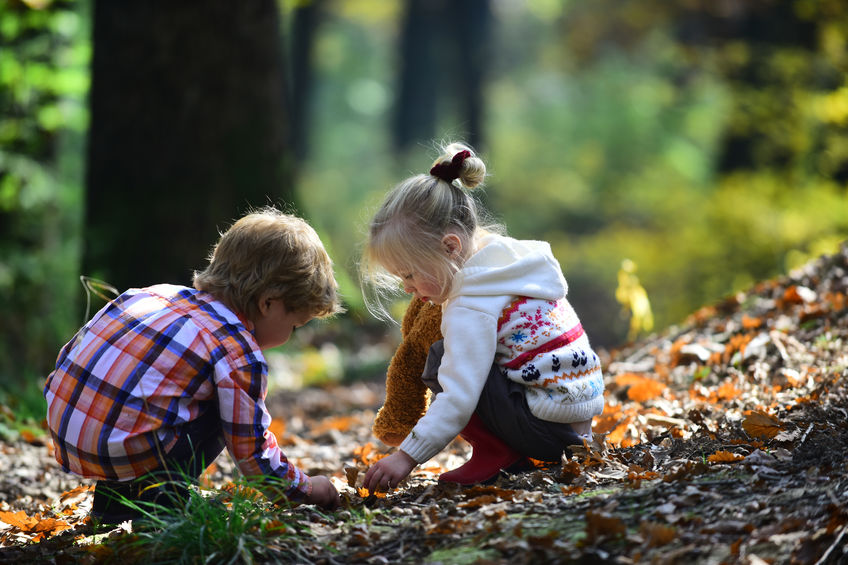
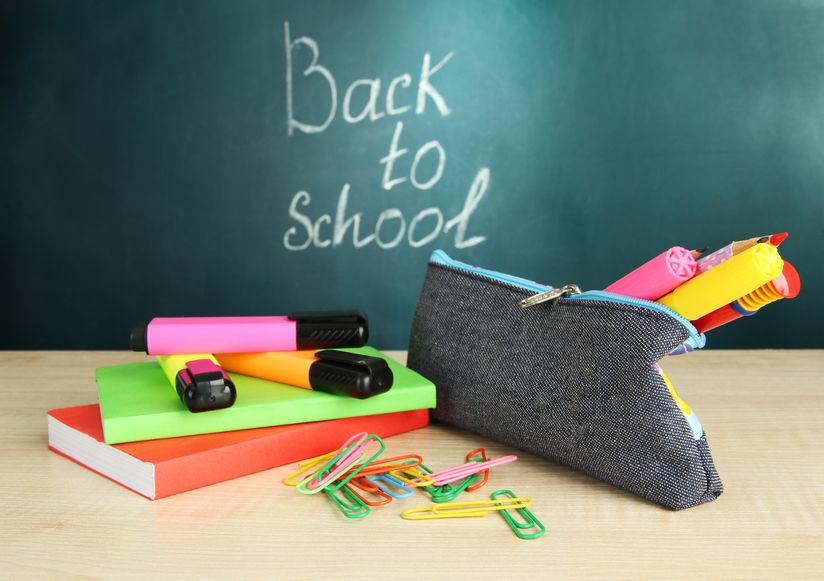
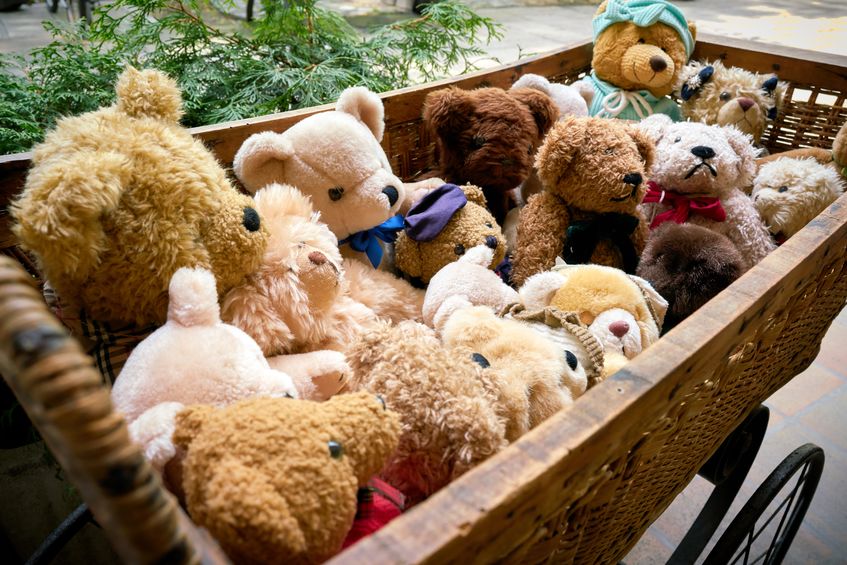
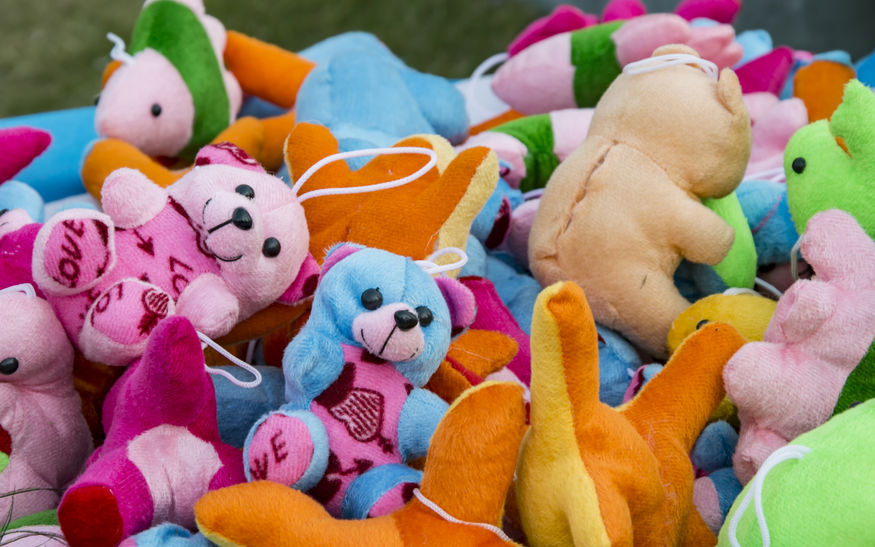


Recent Comments